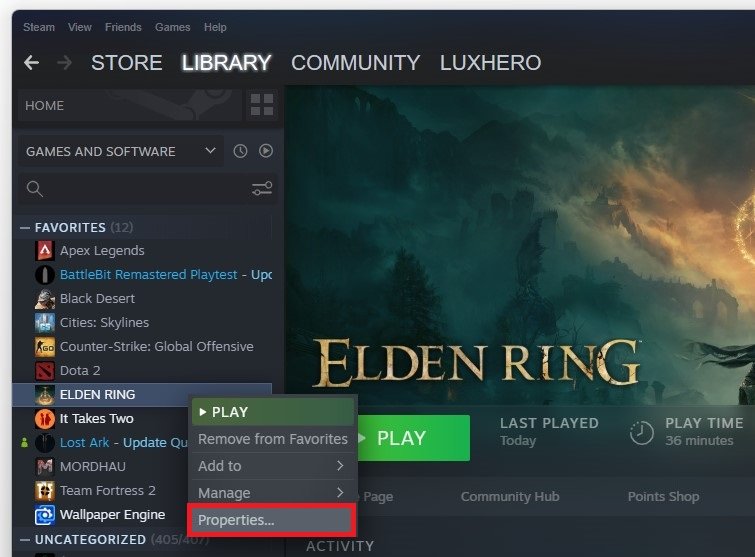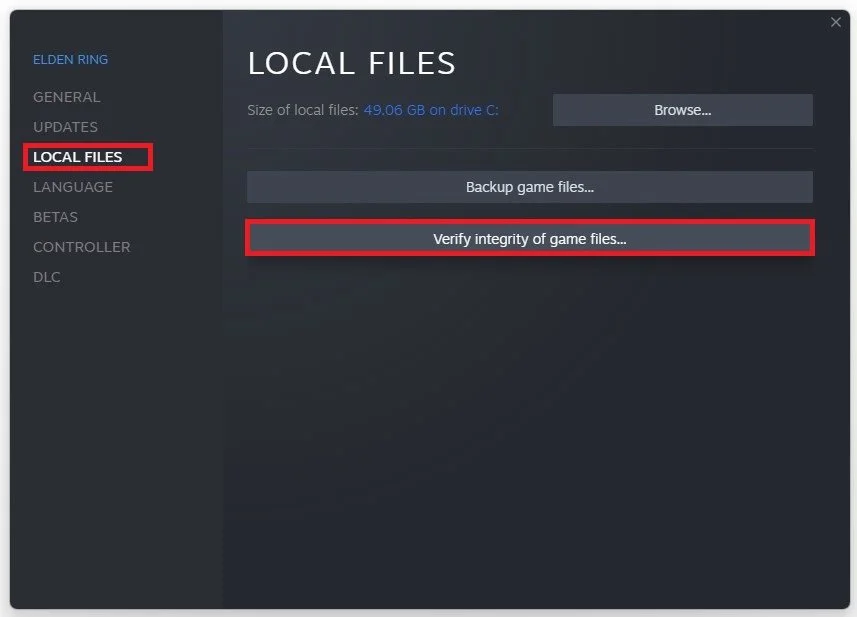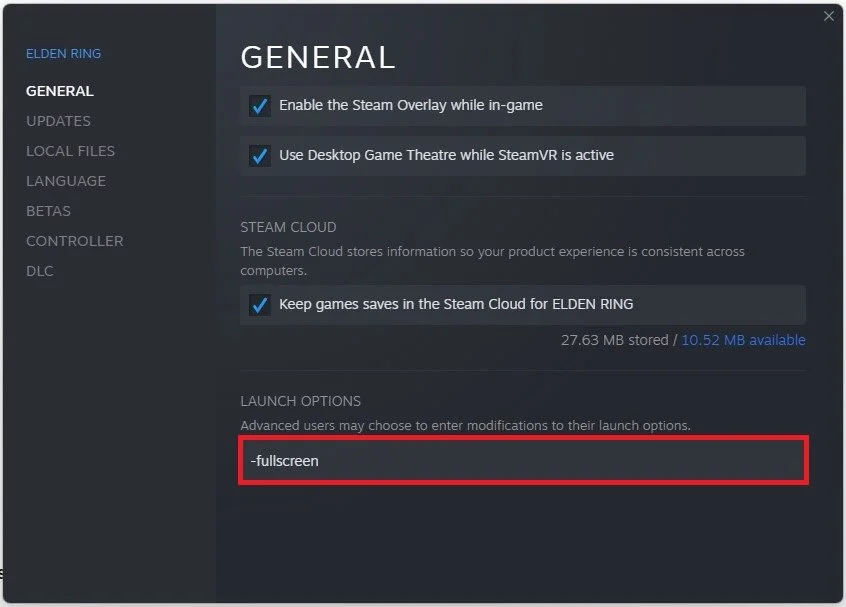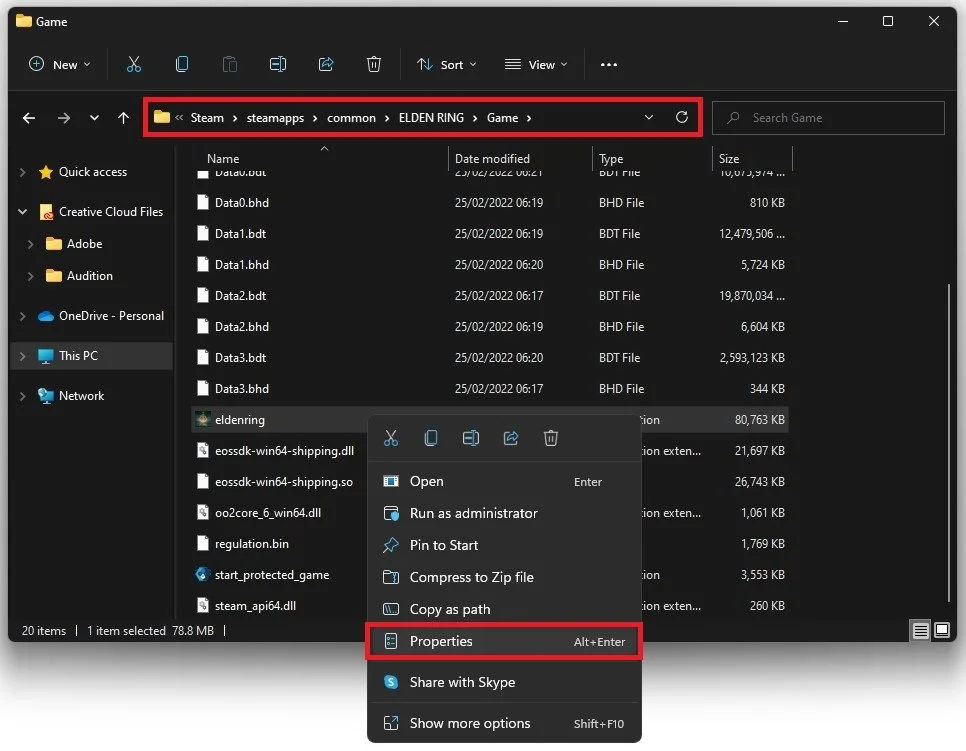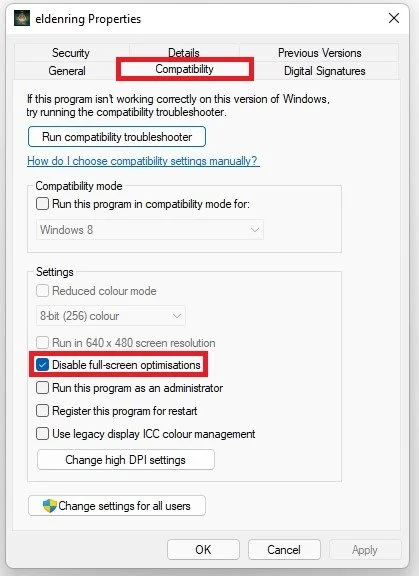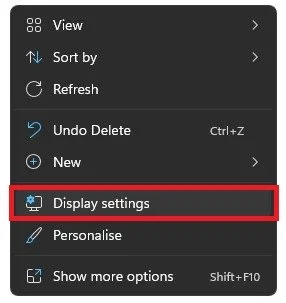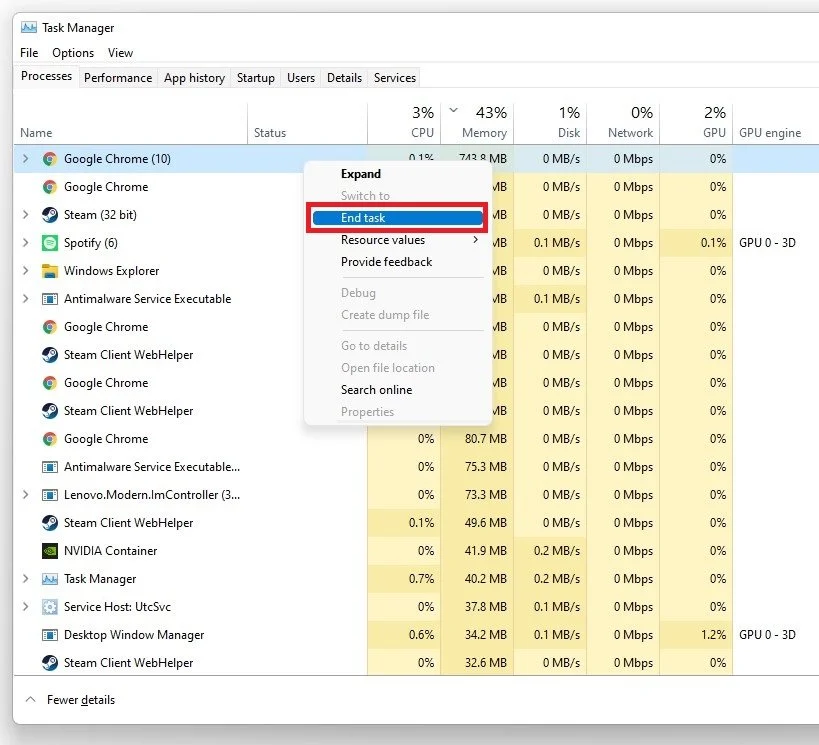Elden Ring - How To Fix White Screen & Crash Problem
As one of the most anticipated releases of the year, Elden Ring has garnered a lot of attention from fans and critics alike. From the immersive world to the intricate combat system, the game promises to be a masterpiece. However, as with any new release, there are bound to be some issues that need to be addressed. One of the most common problems that players have encountered is the white screen and crash issue. This can be frustrating for players eager to dive into the game and experience everything it offers. But fear not, as there are several solutions that can help fix this issue and get you back into the game in no time.
Verify the Elden Ring Files
Ensure that your game files are complete and current. Ensure that Elden Ring is not running in the background and open up your Steam library. Right-click Elden Ring and select Properties.
Steam Library > Elden Ring > Properties
In the Local Files tab, select Verify integrity of game files. Redownloading and replacing any missing or corrupted game files will take a minute.
Elden Ring Properties > Local Files > Verify Integrity of Game Files
In the General tab, you can use Launch Options, which are commands executed when you launch the game. Use the launch option -fullscreen. This will force Elden Ring to launch in fullscreen mode which has helped fix the problem for some players.
Elden Ring Properties > General > Launch Options
Change the Game Compatibility Properties
Open up your File Explorer and navigate to the drive on which you saved the game on Program Files > Steam > steamapps > common > Elden Ring > Game, right-click the eldenring application, and go to its Properties.
Program Files > Steam > steamapps > common > Elden Ring > Game > eldenring
Ensure you’re in the Compatibility tab and select to Disable Fullscreen Optimizations and apply your changes.
Elden Ring Properties > Compatibility > Disable Fullscreen Optimizations
Adjust your Windows Display Settings
Close the properties window, right-click your desktop, and select Display Settings.
Ensure the scaling is set to 100% and that you’re using a normal native resolution. In your in-game graphics settings, make sure to set the window mode to Fullscreen.
Windows Settings > System > Display > Scale & Layout
End Resource-Intensive Programs
If the issue persists, open your Task Manager by searching for it in your start menu search. In the Processes tab, make sure to end the programs from running in the background, which could show an overlay while in-game. In my case, that would be Steam, GeForce Experience or Discord. It would be best if you also ended CPU-intensive processes, such as Shadowplay and Adobe Applications, but make sure to only end the processes from running that you know won’t break your operating system.
Task Manager > Processes > End Task
Update your Graphics CardDriver
Ensure your graphics driver is up to date. I suggest using the GeForce Experience application when using an NVIDIA GPU, but you can also use the AMD driver suite.
Depending on how frequently you are updating your GPU, this tweak can make the biggest difference. In the Drivers tab, simply click on Download and the application will automatically download and install the latest driver.
GeForce Experience Application > Drivers > Update
Windows Operating System Update
Search for Update to open your Check for updates system settings window. Click on Check for updates, and after downloading the latest OS update, make sure to restart your PC.
Windows Settings > Windows Update
Enable NVIDIA Image Scaling
If the problem is related to your system performance, you might need to lower your in-game graphics settings. If you’re using an NVIDIA graphics card, I suggest enabling NVIDIA Image Scaling, which will greatly increase your performance. To do so, you should use the GeForce Experience application. In the Drivers tab, ensure that the most recent GPU driver is installed.
Navigate to your GeForce settings. Scroll down and enable the Image Scaling option. This will boost your overall frame rates when playing a game on your PC.
GeForce Experience > General Settings > Image Scaling



